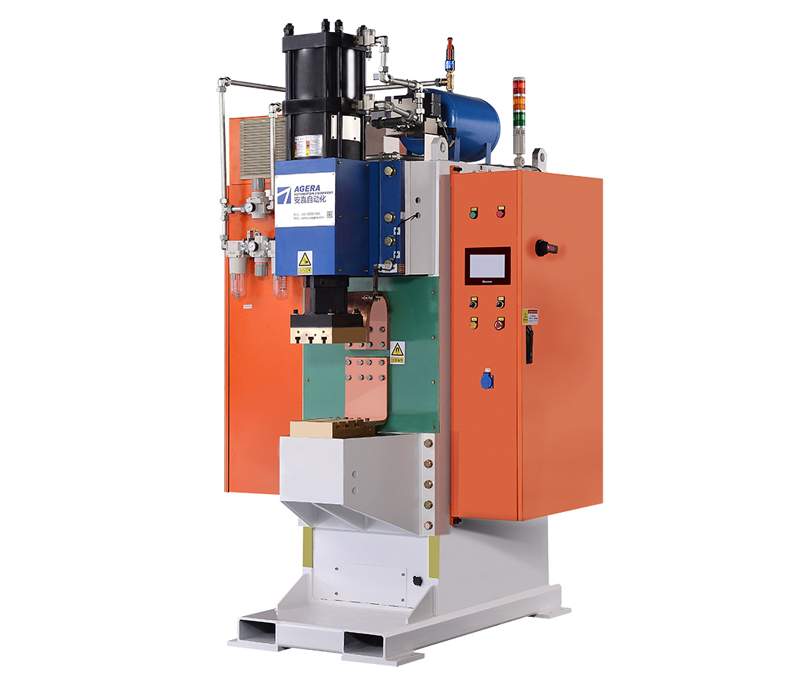Electrode wear is a common phenomenon in Capacitor Discharge (CD) spot welding machines and can significantly impact the welding process and the quality of welds. This article delves into the factors that contribute to electrode wear and how operators can address this issue.
Causes of Electrode Wear in Capacitor Discharge Spot Welding Machines:
- High Temperature and Pressure: During the welding process, electrodes experience high temperatures and pressures at the contact points with the workpieces. This thermal and mechanical stress can lead to material erosion and wear over time.
- Material Interaction: The repeated contact and friction between the electrodes and the workpieces cause material transfer and adhesion. This interaction can result in the formation of spatter, molten metal, and other debris on the electrode surface, leading to wear.
- Surface Contaminants: Impurities, coatings, or residues on the workpiece surfaces can accelerate electrode wear. These contaminants can abrade the electrode surfaces and cause uneven wear patterns.
- Incorrect Pressure and Alignment: Improper electrode pressure or misalignment can concentrate wear on specific areas of the electrode. This can result in uneven wear and affect the electrode’s performance and longevity.
- Inadequate Cooling: Electrodes generate heat during the welding process. Inadequate cooling systems or insufficient cooldown periods between welds can contribute to overheating and accelerate electrode wear.
- Material Selection and Hardness: The choice of electrode material and its hardness level play a crucial role in determining wear resistance. Inadequate material selection or using electrodes with lower hardness may result in faster wear.
- Energy Settings: Incorrect energy settings can cause excessive electrode force during welding, leading to more significant wear due to excessive pressure and friction.
Addressing Electrode Wear:
- Regular Inspection: Perform routine checks on electrode condition. Replace electrodes that show signs of significant wear or damage.
- Proper Electrode Alignment: Ensure that the electrodes are aligned correctly to distribute wear more evenly. Proper alignment can prolong electrode lifespan.
- Maintain Cooling Systems: Adequate cooling is vital to prevent overheating. Regularly clean and maintain cooling systems to ensure effective heat dissipation.
- Optimize Energy Settings: Adjust energy discharge settings appropriately to reduce excessive pressure on electrodes.
- Surface Preparation: Thoroughly clean workpiece surfaces before welding to minimize the transfer of contaminants onto the electrodes.
- Use High-Quality Electrodes: Invest in high-quality electrodes with appropriate hardness and wear resistance to extend their lifespan.
Electrode wear in Capacitor Discharge spot welding machines is a result of multiple factors, including high temperatures, material interaction, and inadequate maintenance. By understanding the causes of electrode wear and implementing effective preventive measures, operators can optimize electrode performance, improve weld quality, and extend the longevity of their CD spot welding machines.
Post time: Aug-10-2023








